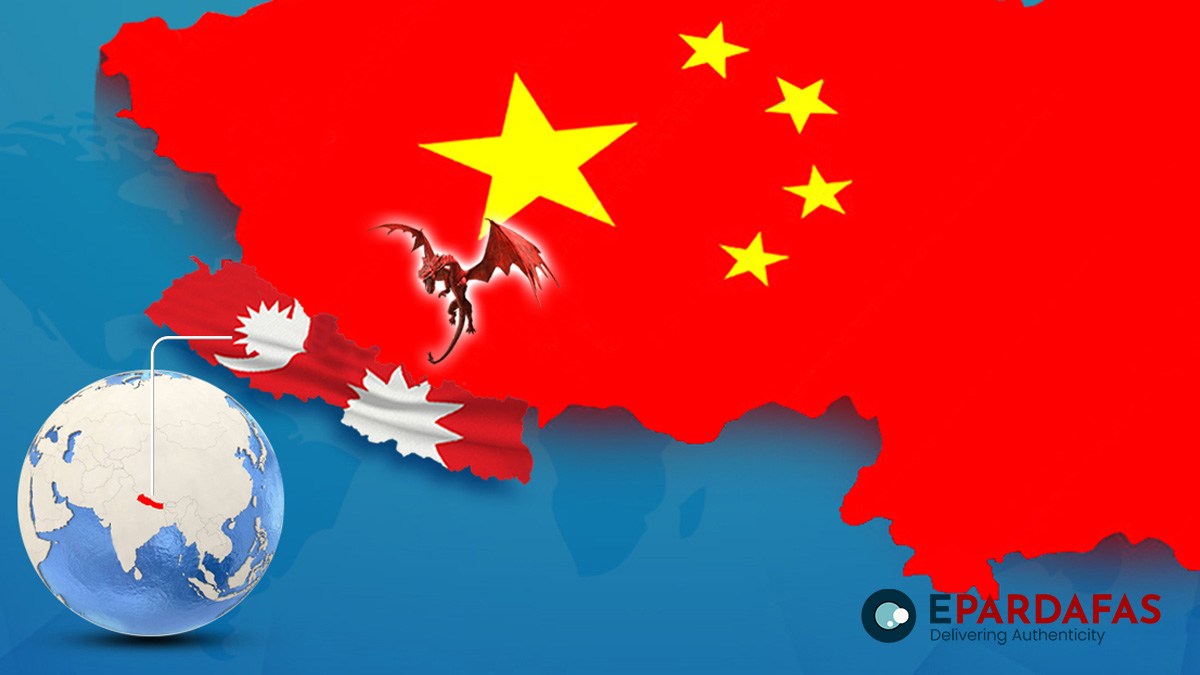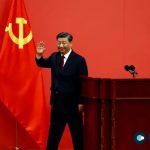
BRI: Will Nepal Mirror Sri Lanka and Pakistan’s Economic Collapse or Choose Italy’s Path?
On July 30, an interview with Italian Defense Minister Guido Crosetto was published in the Corriere della Sera newspaper. In the interview, Crosetto stated that the decision to join China’s Belt and Road Initiative (BRI) four years ago was made hastily and turned out to be a disastrous step for Italy in the long run. During that period, China’s exports to Italy were increasing significantly, while Italy’s exports to China were consistently decreasing.
Using this data, Crosetto highlighted various aspects suggesting that Italy’s economy was heading towards a disastrous path due to China’s economic activities. Subsequently, Italy’s Defense Minister Guido Crosetto visited China with a proposal to terminate the BRI agreement. However, China argued that both countries were benefiting from the BRI project.
Upon arriving in China, Italy’s defense minister engaged in discussions about withdrawing from the BRI to avoid any negative impact on relations with China. This move surprised Beijing, as China was not only a partner but also a competitor of Italy.
After four months, Italy has now decided to withdraw from the BRI agreement without facing any adverse consequences. This decision comes as a significant setback for Beijing.
China-Italy Pact: Agreements and Concerns
Lately, Italian officials were expressing concerns regarding China’s increasingly assertive and questionable loan and investment strategy on the international stage. Following this assessment, Italian Prime Minister Giorgia Meloni visited the United States in the last week of July.
During a meeting with US President Joe Biden at the White House on July 27, Giorgia Meloni emphasized that her government is under pressure to make a decision on the implementation of the Belt and Road Initiative (BRI) by December.
On July 29, Prime Minister Meloni issued an official statement during an interview on the TG Five Italian news program. In this statement, she highlighted the contradiction of Italy’s participation in the BRI, stating that Italy, unlike other G-7 countries, does not have the strongest trade relationship with China. By this point, it was confirmed that Italy was withdrawing from the BRI.
Subsequently, Prime Minister Meloni visited China to propose the cancellation of Italy’s participation in the BRI. Despite China’s invitation to leaders and representatives of 130 countries for the tenth-anniversary celebration of the Belt and Road Initiative—an ambitious Chinese concept aiming to establish two trade routes connecting the outside world—Italy officially withdrew from the initiative.
The newspaper “Corriere della Sera,” which initially reported Italy’s withdrawal from the BRI by publishing the first interview with Italian Defense Minister Guido Crosetto, has now disclosed that the decision to withdraw from the Belt and Road infrastructure project has been communicated to Beijing.
According to the newspaper, while maintaining open channels of political dialogue, Rome has confirmed its withdrawal from the BRI without providing detailed information. In Italy, the Chinese government had presented proposals to invest trillions of dollars through various banks, which the Italian government interpreted as an unnecessary ‘Trojan horse,’ implying predatory investments aimed at increasing political influence.
The BRI agreement would have automatically renewed in March 2024 if Italy had not withdrawn from the project by the end of the month. Prime Minister Meloni, in a statement to reporters, affirmed that Rome had decided to leave the project without making any compromises in its relations with China.
Unlocking the Agreement: Background in a Nutshell
Italy is the only developed Western country to have signed an agreement with China for the Belt and Road Initiative (BRI) project. The background of this agreement dates back to 2018 when Italy decided to join after the then Finance Minister of Italy, Giovanni Tria, visited China, criticizing the United States, the European Union, and other allied Western countries.
The agreement was signed in March 2019, but the government changed in Italy in May of the same year. The new Prime Minister, Giorgia Meloni, who is considered to be close to the United States, the European Union, and other allied Western countries, has indicated that Italy may withdraw from this agreement as soon as she assumes the duties of the Prime Minister.
According to the agreement, if one of the two parties informs the other that they want to cancel this agreement at least three months in advance, the agreement will expire in March 2024; otherwise, it will be automatically renewed even after that. According to Meloni, based on this condition, Rome has given notice of termination of the agreement.
During her election campaign, Meloni made it clear that Italy is the only G-7 country that has become part of the BRI and that she does not want to allow China to expand its projects in Italy or Europe.
In 2013, Chinese President Xi Jinping introduced the concept of the Belt and Road Initiative. This global investment project of China has expanded to Africa, Latin America, and Oceania over the past decade.
China is investing in major infrastructure projects worldwide to facilitate the transportation of goods and increase its geopolitical and economic influence. So far, 130 countries have joined China’s Belt and Road Initiative.
Rising Chinese Influence
Currently, 38 countries in sub-Saharan Africa, 34 in Europe and Central Asia, 25 in East Asia and the Pacific region, 17 in the Middle East and North Africa, 18 in Latin America and the Caribbean, and 6 in Southeast Asia have joined the Belt and Road Initiative (BRI).
While Nepal, Sri Lanka, Pakistan, Myanmar, Bangladesh, and Afghanistan have also joined the initiative, the investment project under the BRI in Nepal remains opaque.
According to statistics, China is currently undertaking over 2600 large infrastructure projects in more than 100 countries. China claims to have invested more than 770 billion dollars in these billion-dollar projects.
The Hambantota port in Sri Lanka, constructed under the BRI, was leased to China for 99 years starting May 20, 2021. The Sri Lankan Parliament passed the Port City Economic Commission Bill and handed over the port to China after China failed to pay the interest on the expensive loan used for the port’s construction, initiated by China with its own investment.
International affairs experts interpret China’s investment in Sri Lanka as a Chinese debt trap. China, in providing financial aid under the BRI, has been accused of ensnaring countries in a debt trap by imposing similar arbitrary conditions. Australia serves as an example; in 2021, the Victoria province annulled two agreements related to the BRI project with China from 2018 and 2019, citing concerns about falling into a debt trap.
During the annulment of the opaque agreement, the Australian Foreign Minister clarified the decision, stating it was to ensure stability in foreign relations without targeting any specific country. However, the Chinese Embassy responded that Australia’s move would further damage bilateral relations. The Maldives faced a similar situation.
In 2018, China invested $200 million in building a two-kilometer-long, four-lane bridge in the Maldives, symbolizing China-Maldives friendship. However, the Maldives, heavily dependent on tourism, is now under pressure from China’s debt, facing a situation similar to Sri Lanka due to an inability to repay the expensive debt to China.













Comments